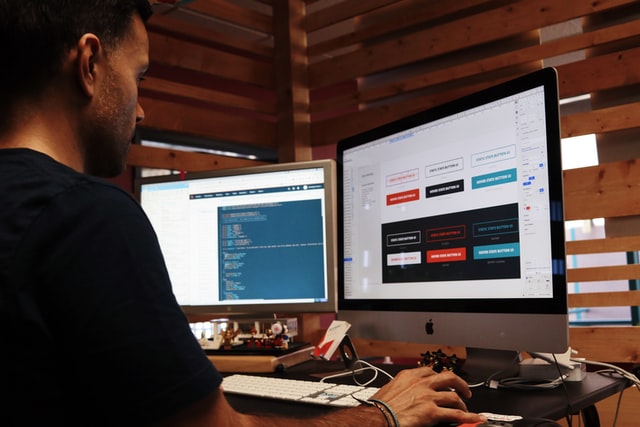Web Design – The Basics.

There are five basic things you need to look at in developing your web design strategy. They are as follows:
1. Your Website Title
Every successful website should have a premium address first. A really cool title should be fun, engaging, and applicable. A “Bob’s Web site” isn’t exactly the most attractive way to make a first impression. The title, after all, is the first words that catch a visitor’s attention. If the title does not work for your readers, then they will not click on it in the search engines, and they will not continue to work if they get to the site. Give yourself time to come up with great website title ideas, seek inspiration from friends and family, and use the thesaurus for some cool words.
2. Columns
The number of columns used in your web design will alter the entire perception of your website. The first standard website will usually have a pretty simple, single-column layout, however, most readers prefer two-column pages to allow for content written in one column and navigation links in the other. This web design is much more attractive and makes it much easier to navigate your website. While the three-column website has its fans, it’s not necessarily better than one- or two-column web designs. However, if your website is very complex and you need additional navigation options, or if you need additional writing space, the extra column might work just fine for you.
3. Colors
While it may seem that color is one of the easiest decisions to make for your web design, you will find that it is harder than you first thought. Colors are very important to the overall look and feel of your website, and they influence users’ decisions about finding out what your website has to offer and their decision to return. If your website design is boring, people will believe that your website is boring. If the colors are too bright and easy on the eyes, staying on the website will feel uncomfortable. When the colors are warm and calming and the customer feels at home, they are more likely to feel like they like your website and stick with it and return more often.
4. Navigation
When creating your web design, don’t forget that navigation will be key in allowing visitors to properly benefit from your site. The key is consistency and easy access. Every page on the website should link to the home page so that visitors don’t get lost between different pages on the site and eventually give up and go elsewhere. You will also need some kind of index that appears the same on all pages so that users always know where to look when they want to go to the next page of interest.
5. Content
When it comes to web design, content is one of your most important features. If your content isn’t good, no one will have any reason to visit your site. Among other site-specific pages, your content should include at a minimum a home page, which tells visitors what your site is about and why they want to visit. An “about us” page is also recommended, telling visitors who you are and why you have the website. Use this space to show people that you know your content and that they can trust your site for reliable information and resources. When visitors understand you better, they’ll feel more comfortable visiting your site.
Feel free to reach out to me if you need help with what is right for you, using this link.
Cheers!